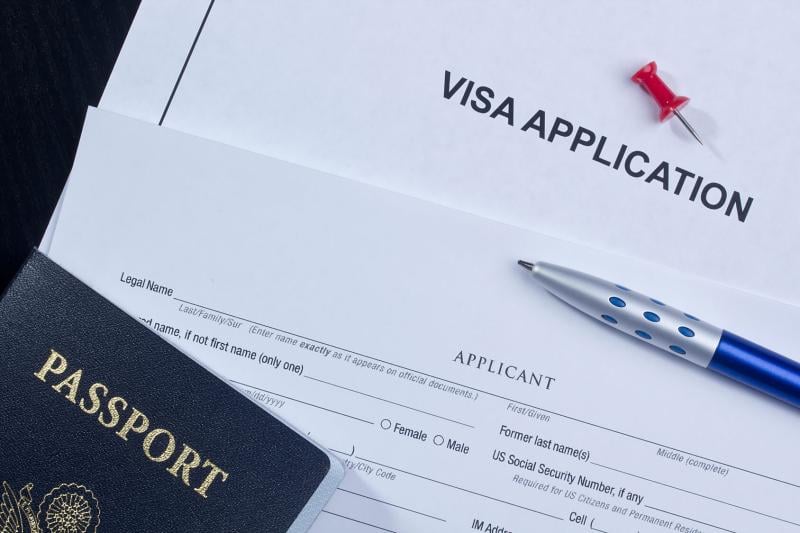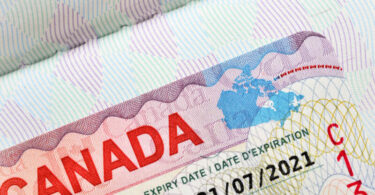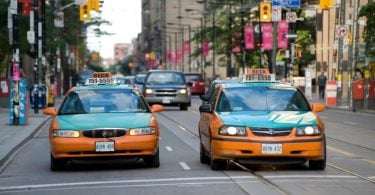The F-1 visa is a prominent student visa option for international students who wish to study in the United States. Falling under the category of non-immigrant visas, the F-1 visa facilitates academic progression for international students within the country. One of the core stipulations of the F-1 visa is that students must complete the entire duration of the study program they’ve enrolled in.
The sole authorities authorized to issue F-1 visas are the United States embassies and consulates outside the US. Should you need to extend your stay or change your status while in the US, such modifications must be processed through recognized agencies within the country.
Furthermore, it’s worth noting that dependents or family members of F-1 visa applicants are mandated to secure an F-2 visa. This visa type restricts holders from undertaking any form of employment; however, children with the F-2 status can attend public schools.
Students are advised to kickstart their visa application processes well in advance to ensure a seamless transition. Once a student receives an acceptance letter from their preferred US institution and the Form I-20, the subsequent steps involve registering for the F-1 visa. Ideally, This registration should be completed 6-8 weeks before your planned arrival in the US. Timely registration can preclude potential delays in both your travel and visa approval.
To further delineate, the following categories of students are eligible for the F-1 visa:
- Students enrolling in US educational institutions encompassing universities, colleges, high schools, conservatories, seminaries, private elementary schools, and even language training programs.
- The appropriate visa classification is the M-visa for those seeking education in vocational or specified non-academic institutions, excluding language training programs.
Continue reading to understand better the F-1 visa application process and the pertinent document checklist.
Table of Contents
Procedure to Obtain a US Student F-1 Visa
Upon acceptance by a US university or institution, you’ll be registered with the Student and Exchange Visitor Program (SEVP). This entails paying a one-time SEVIS application fee. After this, students must settle necessary deposits as their institution dictates to procure Form I-20. The I-20 form is a testament to a student’s financial sufficiency throughout their stay, especially considering the limited work opportunities available to F-1 visa holders. Moreover, the I-20 is also pivotal in scheduling a visa interview at the nearest US embassy or consulate.
If you enjoy this article, don't miss out on the valuable insights and information available in our other related posts:
- Guide to U.S. Work Visas: Everything You Need to Know
- Cost of Moving to Canada for Singles, Couples, and Family
- Relocating to Canada? Everything You Need to Know
- Guide to Changing Your Designated Learning Institution (DLI) for International Students in Canada
- Central South University Scholarship 2024/2025 In China (Fully Funded)
Essential Documentation for the F-1 Visa Application
Before diving into the detailed list of requisite documents, it’s pivotal to note that, during the visa interview, applicants will primarily be requested proof of their application and acceptance by the US institution. Nevertheless, thorough preparation is paramount. Organizing and storing these documents in an easily accessible manner will prove beneficial. Your valid passport, in particular, should be within arm’s reach.
Group 1: Personal Information
- Current and previous passports.
- MRV payment receipt.
- Visa Interview Appointment Confirmation.
- Barcoded DS-160 Confirmation Page.
- SEVIS payment receipt.
- Passport-sized photographs adhering to prescribed guidelines.
Group 2: Academic Credentials
- Educational transcripts (notably class 10th & 12th mark sheets and certificates).
- Relevant scorecards: GMAT or GRE (graduate programs) and SAT (undergraduate programs).
- English proficiency test scores: TOEFL, IELTS, and PTE.
- Undergraduate degree, necessary degree certificates, or program completion documents inclusive of all yearly mark sheets.
Group 3: Employment Documentation (if applicable)
- Job offer letter.
- Last six months’ salary slips.
- Letter of release or relieving letter.
Group 4: Financial Proof
- Loan sanction letter (if applicable).
- Bank statements (preferably from the last three years).
- Fixed deposit certificates (from the past three years, if available).
- Tax returns spanning the previous three years.
- Asset documentation encompassing residential, commercial, and inherited properties, along with farmland.
With all documents at your disposal, the next pivotal step is the visa interview. It’s imperative to be punctual, arriving well ahead of your scheduled slot and equipped with every necessary document.
This comprehensive guide aims to provide clarity and ease for prospective international students. As always, cross-referencing with the latest guidelines from official US visa and immigration portals is recommended.





